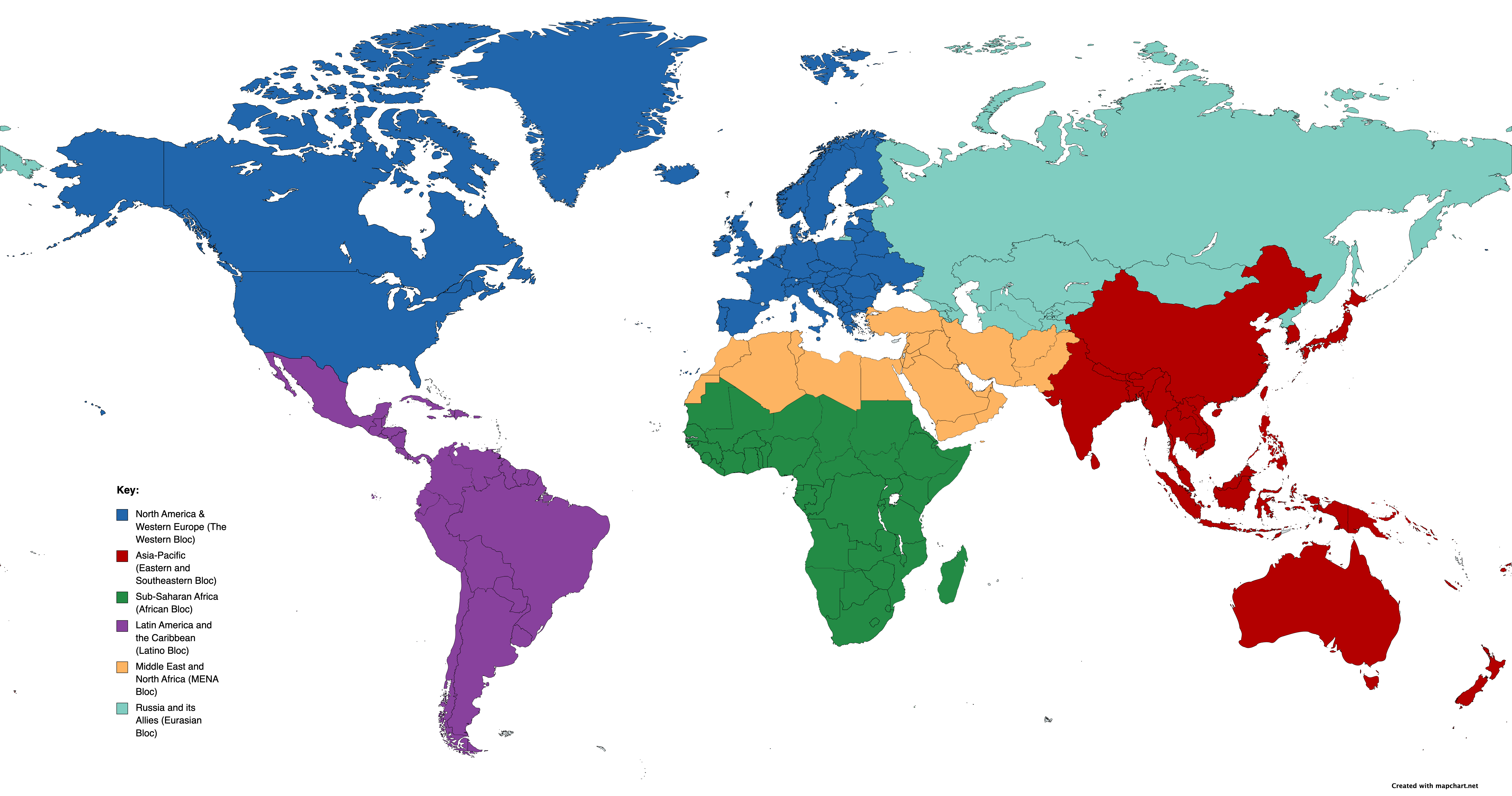Fact: Michael Jordan is the highest-paid athlete of all time. He leads the way with lifetime earnings of approximately $3.3 billion. This information is based on various sources, including Sportico, Statista, and Forbes.
Most of that money was not made playing sport, but through franchising, licensing deals and being a very good at business.
Sport Entrepreneurial Opportunities
The sports sector offers a plethora of entrepreneurial opportunities, and in every country in the world, people play sports, watch sports, and more importantly, invest in sports businesses. Here are some 20 areas where you, as an entrepreneur, can explore and innovate:
- Sports Merchandising: Selling sports apparel, equipment, and memorabilia. This includes both branded merchandise and innovative sports gear.
- Sports Tech: Developing apps for fitness tracking, game analysis, or fan engagement. Wearable tech like smart shoes, wristbands, and VR/AR applications for training are also in demand.
- Sports Nutrition: Creating and marketing supplements, protein bars, and health drinks tailored for athletes and fitness enthusiasts.
- Sports Media: Launching sports podcasts, blogs, or YouTube channels. Live streaming of local sports events or creating platforms for user-generated sports content can also be lucrative.
- Sports Tourism: Organizing sports-themed travel packages, such as trips to major sporting events, sports camps, or adventure sports destinations.
- Sports Academies and Training: Establishing training centers or academies for specific sports, offering coaching, and organizing camps.
- E-Sports: Investing in or creating e-sports teams, organizing tournaments, or developing gaming platforms and software.
- Sports Facilities: Building and renting out sports facilities like stadiums, courts, or fitness centers. This also includes creating niche spaces like climbing walls or paddleboarding lakes.
- Sports Health: Offering physiotherapy, sports medicine, and rehabilitation services. This can also include mental health services tailored for athletes.
- Sports Event Management: Organizing and managing sports events, leagues, or tournaments at local, regional, or national levels.
- Sponsorship and Advertising: Acting as a liaison between brands and sports teams or athletes for sponsorship deals.
- Sports Analytics: Providing teams and athletes with data analysis services to improve performance, or developing software that aids in this analysis.
- Fantasy Sports: Developing platforms for fantasy sports leagues or offering consultancy services for fantasy sports enthusiasts.
- Sports Betting: While regulated, there’s a growing market for sports betting platforms and related services.
- Eco-friendly Sports Products: With increasing awareness about sustainability, there’s a demand for eco-friendly sports gear and apparel.
- Inclusive Sports: Creating platforms, equipment, or events tailored for differently-abled athletes or those from marginalized communities.
- Virtual and Augmented Reality: Developing VR/AR experiences for training, game simulations, or fan engagement.
- Subscription Boxes: Curated monthly boxes with sports gear, nutrition products, or fan merchandise.
- Sports Influencer Platforms: Connecting athletes with brands for influencer marketing opportunities.
- Sports Franchising: Buying a franchise of an existing sports brand or team.
Sports Franchising: The scalable Sports opportunity
Sports franchising is a significant area of opportunity at every level within the sports sector, from investing billions to thousands of dollars. Here’s a deeper dive into the opportunities it may presents:
- Team Ownership:
- Major Leagues: Buying a franchise in major sports leagues like the NBA, NFL, MLB, or Premier League offers not only prestige but also potential returns from ticket sales, merchandise, broadcasting rights, and sponsorships.
- Minor and Developmental Leagues: These leagues often have a lower entry cost and can serve as a stepping stone to major league franchises. They also cater to local fan bases and can be profitable with the right management and marketing.
- E-Sports Franchising:
- As e-sports continues to grow in popularity, owning an e-sports team or buying a franchise slot in leagues like the League of Legends Championship Series can be lucrative.
- Opportunities also exist in hosting e-sports events, tournaments, and leagues.
- Fitness Franchises:
- Gyms and fitness centers, such as CrossFit boxes, yoga studios, or specialized training facilities (e.g., F45 Training), offer franchising opportunities.
- Niche fitness concepts, like trampoline parks or boutique fitness studios, are also emerging.
- Sports Bars and Restaurants:
- Franchising sports-themed bars or restaurants where fans can watch games and enjoy a meal. Brands like Buffalo Wild Wings have successfully employed this model.
- Youth Sports Leagues:
- Franchising opportunities in organizing and managing youth sports leagues or tournaments. Brands like i9 Sports offer such franchising models.
- Sports Retail:
- Franchising sports equipment or apparel stores. This can range from general sports stores to specialized ones, like golf equipment shops.
- Sports Academies and Coaching:
- Franchise models for sports academies, coaching centers, or camps that offer training in specific sports, from soccer to tennis to swimming.
- Adventure Sports:
- Franchising opportunities in adventure sports facilities, like indoor skydiving, rock climbing centers, or water sports rentals.
- Sports Travel and Tourism:
- Franchise models for agencies specializing in sports travel, offering packages to major sporting events or sports-themed vacations.
- Virtual Sports Platforms:
- Franchising opportunities in virtual sports platforms, where users can play simulated games or leagues.
- Merchandising and Memorabilia:
- Franchise opportunities in stores or online platforms selling sports memorabilia, collectibles, and fan merchandise.
- Sports Health and Recovery:
- Franchising models for sports health clinics, physiotherapy centers, or recovery lounges.
- Licensing and Branding:
- Acquiring licensing rights to use team logos, player likenesses, or league branding for various products and services.
When considering sports franchising, it’s crucial to conduct due diligence, understand the financial commitments, and have a clear business plan, look for the growth sectors and trends. The sports industry is dynamic, and while franchising can offer a structured way to enter the market, success often depends on effective management, marketing, and engagement with the fan base.
E-Sports: A Growth Franchising Opportunity
The one which I see higher growth potential is E-sports, this is the competitive arena of video gaming, as it presents a widest set of franchising opportunities. At the forefront is team franchising, where investors can secure a slot in major e-sports leagues like the League of Legends Championship Series or the Overwatch League. These slots offer potential returns from league-wide sponsorships, media rights, and merchandise sales. Beyond teams, there’s a growing demand for e-sports arenas and venues, designed to host high-profile tournaments and fan events. E-sports-themed cafes and lounges are emerging as community hubs, offering spaces for fans to play, watch, and socialize. For those keen on nurturing talent, franchised training and coaching centers provide platforms for aspiring e-sports athletes to hone their skills. Merchandising is another lucrative avenue, with dedicated stores selling team-specific gear and gaming peripherals. Additionally, the rise of e-sports education franchises offers courses in game strategy and e-sports management. As the industry evolves, opportunities in event management, content creation, sponsorship, and e-sports-specific technologies continue to expand, making e-sports franchising a dynamic and promising venture.
In Summary
Globally, sports franchising offers immense opportunities. As technology enables global viewership, sports franchises are expanding their reach, building international popularity Banking giants like Goldman Sachs are even establishing global sports franchise divisions, indicating the growing interest in sports team investment. The world’s most valuable sports franchises, including teams like the Dallas Cowboys and Manchester United, highlight the global appeal and financial potential of sports franchising.
In conclusion, sports franchising, both traditional and e-sports, presents vast global opportunities. From team ownership to merchandising, the potential for growth and profitability is evident. As the world becomes more interconnected, the appeal of sports transcends borders, making franchising in this sector a promising venture.




